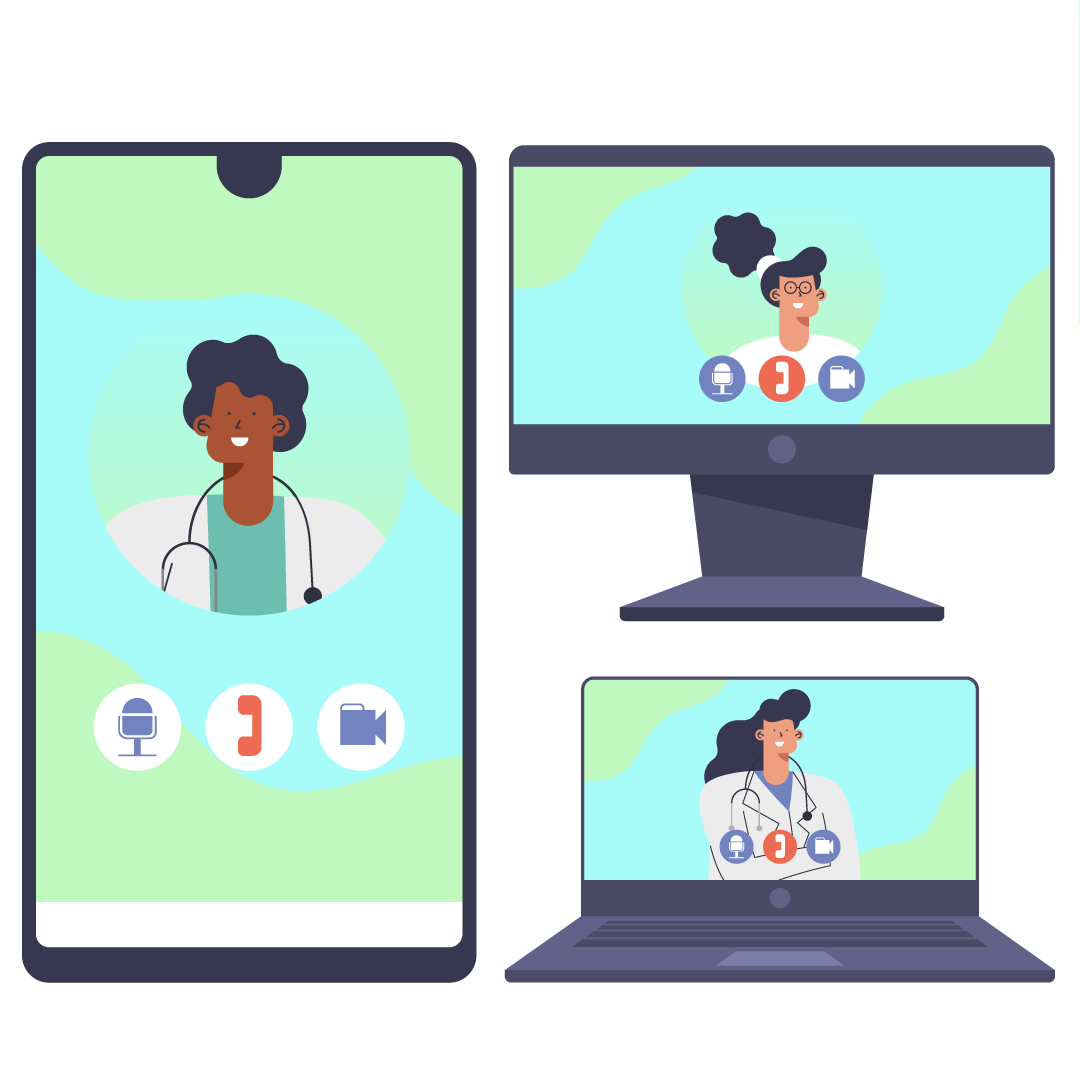Get Online Treatment For Upper & Lower Respiratory Tract Infection
Telehealthdr helps you get the best online consultation and treatment for your respiratory infection. Our team of specialists will help you find the best treatment for your throat and lung infection. Our upper respiratory tract infection specialists thoroughly check your RTI infection symptoms. We can help you with any rsv infection, chest infection, and other conditions like asthma.
What Does Infections of the Respiratory System Mean?
Infections of the respiratory system mean getting sick in the parts of your body that breathe, such as your nose, throat, and lungs. These parts work together to help you breathe and get oxygen into your body. When you have a respiratory system infection, the symptoms can differ depending on where it is. If it’s in your nose and throat (upper respiratory tract). You might have a sore throat, runny nose, sneezing, and coughing. But if it’s deeper, in your lungs or chest (lower respiratory tract). You might get a bad cough, trouble breathing, fever, and mucus. Doctors can prescribe antibiotics for chest infection, mainly if bacteria cause them. It’s important to see the best online Australian doctor for respiratory tract infection when you’re sick. So they can help you feel better and stop the infection from spreading to others. Sometimes, vaccines can help prevent these infections, too.
Types of Respiratory Tract Infections
There are several types of RTIs, including:
Upper respiratory infection
These infections, including the nose, sinuses, and throat, affect the upper respiratory system function. Common upper respiratory infections include the common cold, sinusitis, and pharyngitis (sore throat).
Lower respiratory tract infection
These infections affect the lower respiratory system, including the bronchi and lungs. Common lower tract respiratory infection examples include bronchitis and pneumonia.
Influenza
Influenza, or the flu, is a respiratory viral infection. It can cause severe illness and complications, such as pneumonia.
Tuberculosis
Tuberculosis is a bacterial throat infection. It is spread through the air and can be severe in people with weakened immune systems.
Bronchiolitis
Bronchiolitis is a severe chest infection that affects the small airways in the lungs. It is most common in infants and young children.
Laryngitis
Laryngitis is an infection of the larynx or voice box. Laryngitis can cause hoarseness and difficulty speaking.
What our patients are saying
Common Symptoms of Upper Respiratory Tract Infection
RTI is a common infection of the respiratory tract, which includes the nose, throat, and bronchi. Here are some of common respiratory system infection symptoms:
- Severe coughing includes the production of mucus, phlegm, and sometimes bloody or foamy sputum.
- Tightness or pain in the chest, typically worse at night or when lying down.
- Wheezing or difficulty in breathing
- Aching or pain in the chest,
- Temperature in excess of 99 degrees Fahrenheit (37 degrees Celsius).
- Inflamed throat
- Having a hoarse voice
- Exuding blood
If you experience throat, lung and chest infection symptoms. Get in touch with our online doctors for respiratory infection treatment online.
When To See A Doctor For Respiratory Tract Infections
If you have a severe respiratory system infection. It’s important to seek medical treatment immediately. The first option is an online specialist doctor for respiratory issues. Telehealthdr expert Australian doctors for treatment of urti access to all of your medical records. They can give you advice and effective lower and upper RTI medication.
Acute Respiratory Infections Treatment Options
There are two main types of treatment for respiratory system infections. The Antibiotics and Antivirals.
Antibiotics have a positive effect on the microorganisms that contribute to respiratory illnesses. Antibiotics are used when other medicines have failed to treat infections.
Antivirals can stop virus replication inside of cells. If an upper respiratory infection persists despite antibiotics. Antivirals may be the last resort.
Get Highly Effective Online Treatment For Respiratory Tract Infections
Telehealthdr helps you get highly effective treatment for your respiratory system infection online. Our upper respiratory tract infection specialists will help you find the best treatment for your condition. They provide you with a detailed consultation that’s tailored to your needs.
Telehealthdr services include:
- Respiratory system Infection Treatment (including medications and medication refills)
- Chest infection treatment
- Urgent Care Services
- Preventive Care Services
So, what are you waiting for? Book an appointment with our online doctors for respiratory tract infection treatment today.




